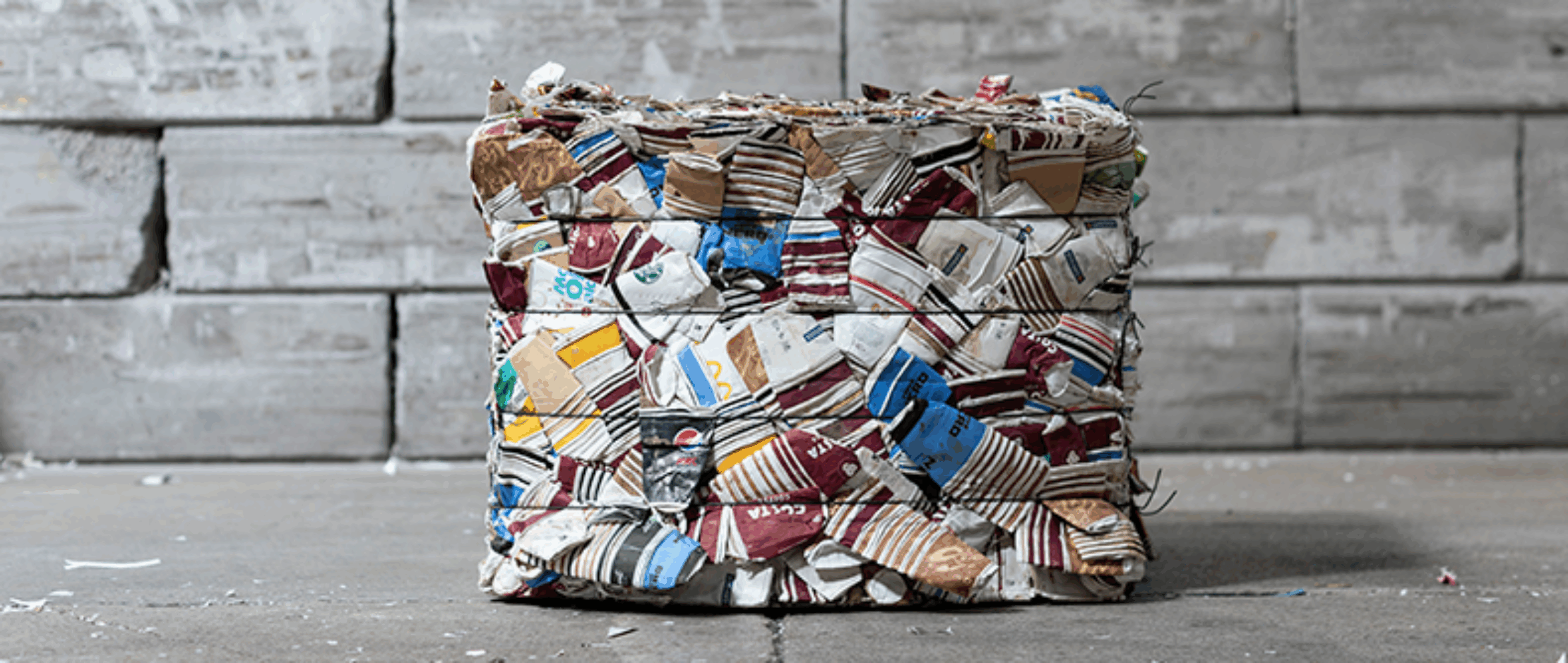
Closed-loop coffee cup recycling
Become a FESPA Member
to Continue Reading
We speak to Rob Tilsley of master papermaker James Cropper Ltd about some of the incredible bespoke products it makes from recycled fibres.
Body: In the world of recycling, circularity and ‘closed-loop’ stories are often the most effective way to gain interest in a product or process. But few are quite as impressive as James Cropper Ltd’s CupCycling® scheme.
“One of the projects we did recently was with McDonald’s in Germany and Austria. We took the cups from their sites, recycled them into paper, and then McDonald’s used that paper to print their Happy Meal books,” Rob Tilsley, James Cropper’s fibre specialist, says.
“More recently, we also had someone contact us who wanted to write a children’s book about coffee cup recycling. The paper product we made for that project included the fibre from 13 coffee cups in each book.
“In many cases, those fibre sources would have gone to landfill or been incinerated. We see the value in a lot of recovered fibre whereas, traditionally in this industry, many people haven’t.”
Finding the sourceJames Cropper’s approach to recycling is quite unlike the experience FESPA members might have had with commercial recycling companies. As a business that focuses on producing premium paper and packaging – rather than securing bulk tonnages of recyclable material – Rob and the James Cropper team are looking for fibre quality above all else.
“Due to our products and our end users, we can’t just recycle anything. Even things like usual best whites cause issues with our machines. So that has forced us to look to do things differently and seek out ways to find recovered fibres that we can use,” Rob says.
Rob Tilsley of James Cropper LtdAs well as the business’s own internally generated waste, James Cropper also takes products from other mills and office waste once it has been de-inked and turned into a pulp.
“When we talk about recovered fibre for our mill, we are almost talking about the ‘holy grail’ of recovered fibre. We generally look for sources that are going to be recycled for the first time. It has to be clean and ideally quite consistent, so we are not getting variants batch to batch,” Rob says.
“Before we take anything at the mill, we test everything in our lab. Anything we can do on our machines, we can replicate in our lab. One of the…
...